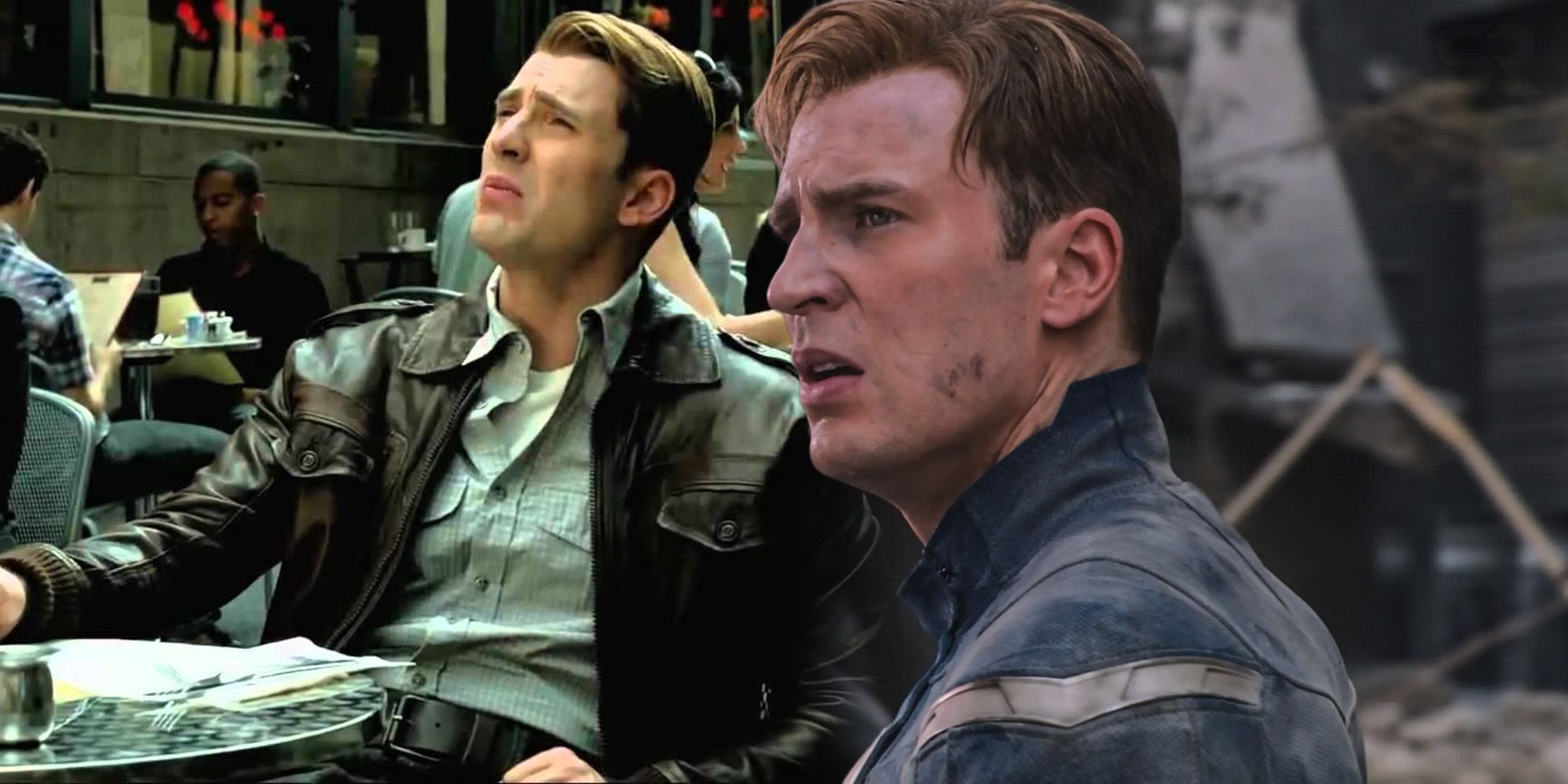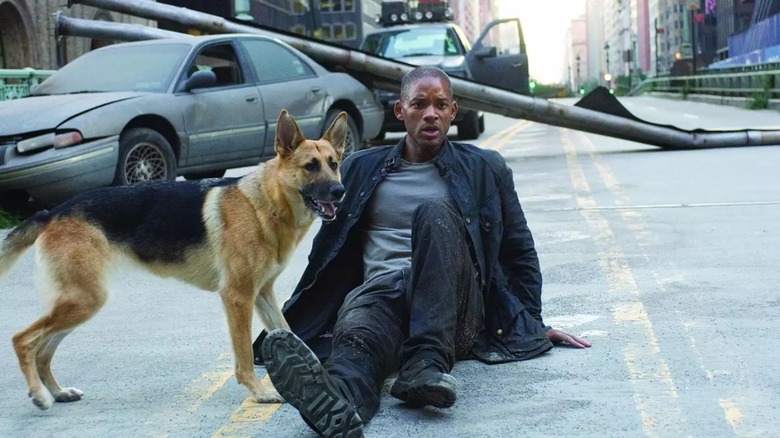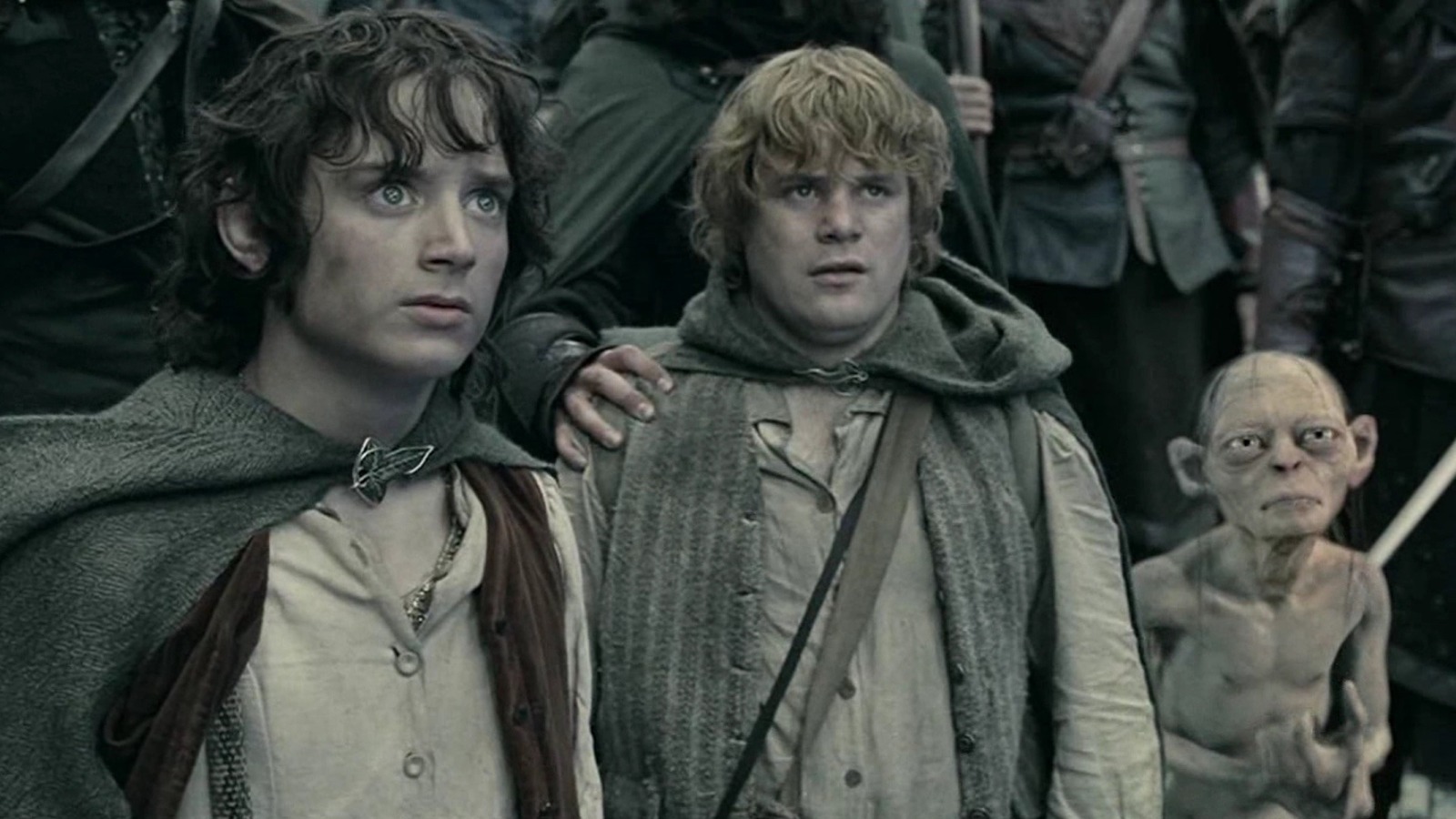
Have you ever watched a film and felt like something was missing, or perhaps wondered about the moments that didn’t quite make it into the final cut? It’s a fascinating aspect of filmmaking, often shrouded in mystery, but it happens more often than you might think. We’re talking about deleted scenes – those intriguing fragments of a movie or TV show that were filmed but ultimately left on the cutting room floor.
Film editing is truly an invisible art, transforming raw footage into a cohesive and compelling narrative. This process is absolutely crucial in determining a movie’s final form, and a massive part of it involves making tough decisions about what to exclude. Every single cut is a deliberate choice, influenced by a complex interplay of creative, technical, and even business considerations. It’s about ensuring the film’s pacing, flow, emotional impact, and coherence are all perfectly aligned.
So, why do these scenes disappear? It’s never a random occurrence. Instead, each deletion tells a story of its own, revealing the intricate dance between artistic vision and practical constraints. From the director’s initial grand plan to the unforgiving scrutiny of test audiences, countless factors can lead to a scene being deemed ‘not quite right’ for the finished product. Let’s pull back the curtain and explore some of the most compelling reasons why your favorite movie moments might have almost vanished forever.

1. **Pacing and Runtime: The Relentless March of Storytelling** One of the most common, yet often overlooked, reasons scenes are left on the cutting room floor is the relentless pursuit of perfect pacing. Filmmakers meticulously time every beat of their story to maintain viewer engagement, ensuring that the narrative flows smoothly and keeps the audience captivated from start to finish. Any scene that might slow down the story, introduce unnecessary detours, or simply repeat information already conveyed, becomes a prime candidate for removal in the editing suite. It’s a delicate balance: every frame must serve a purpose, propelling the plot forward or deepening character understanding.
Consider the case of *The Avengers* (2012), directed by Joss Whedon. Several scenes were initially filmed to explore Captain America’s profound isolation in the modern world after his long sleep. While these moments were undeniably poignant and offered a deeper look into his emotional state, Whedon ultimately made the difficult decision to cut them. Why? Because, as he later revealed in interviews, they disrupted the movie’s energetic rhythm and action-packed pace. He loved the scenes, but recognized they were “better on the DVD extras” than in the theatrical cut, where they would have pulled focus from the central superhero ensemble.
Runtime is another critical factor driven by both artistic integrity and practical business considerations. Theaters, for instance, prefer shorter movies because it allows them to schedule more showings per day, directly impacting their revenue. This financial pressure can often lead studios to impose strict runtime limits, pushing directors and editors to trim scenes – sometimes even at the cost of nuance or a character’s full development – to ensure a film stays under a certain length, typically two hours. It’s a stark reminder that even the most artistic endeavors operate within commercial realities, where every minute counts.

2. **Testing Audience Reactions: The Unfiltered Verdict of the Crowd** Imagine pouring years of effort into a film, only for early viewers to find a crucial scene confusing, boring, or even offensive. This is the reality of test screenings, a vital stage where selected audiences provide unfiltered feedback that can significantly influence a movie’s final cut. These screenings are not just about gauging general appeal; they are precise instruments used to fine-tune narrative clarity, emotional resonance, and overall audience satisfaction. When the collective reaction points to a scene as a stumbling block, its fate is often sealed, leading to removal or drastic alteration.
A powerful illustration of this is the alternate ending to *I Am Legend*. In its original conception, the film concluded with the monsters being revealed as sentient and empathetic beings, a more cerebral and nuanced resolution. However, test audiences found this ending “too cerebral” and less emotionally satisfying than a more conventional action-oriented conclusion. Consequently, the theatrical release featured a different, more widely accepted ending. Yet, for those curious about the original vision, this fascinating deleted version still exists, often found in bonus features or the director’s cut, offering a glimpse into what might have been.
Ridley Scott’s *Blade Runner* offers another classic example of audience reaction shaping a film’s destiny. The initial cut of the iconic sci-fi noir included both a voiceover narration and a seemingly happy ending, elements added after negative feedback from early screenings. Over the years, Scott, driven by his original artistic intent, meticulously released several different versions, culminating in the “Final Cut.” This definitive version notably omitted the studio-mandated narration and restored scenes that more accurately reflected his grittier, more ambiguous vision, demonstrating how a director’s perseverance can eventually reclaim a film from the pressures of initial audience reception.

3. **Character Arcs and Narrative Focus: Streamlining the Story’s Core** Filmmaking is often an iterative process, where initial scripts can be ambitious, even sprawling, and the story evolves significantly during production. This evolution frequently leads to situations where entire subplots or even whole characters, once integral to an earlier draft, no longer fit the final, honed narrative. When a scene, no matter how compelling on its own, detracts from the central character arcs or dilutes the core narrative focus, it’s often trimmed to ensure the audience’s attention remains squarely on the main thrust of the story.
Consider Peter Jackson’s masterful adaptation of *The Lord of the Rings: The Two Towers*. A scene depicting Arwen (played by Liv Tyler) at Helm’s Deep, directly participating in the iconic battle, was indeed filmed. However, in the careful sculpting of the film, Jackson ultimately chose to remove it. His rationale was rooted in maintaining consistency with J.R.R. Tolkien’s original texts, where Arwen’s role in the battles was more peripheral, and, crucially, to keep the spotlight firmly on Aragorn and the central fellowship. The scene, while visually impressive, would have inadvertently shifted focus from the heroes whose journey was paramount to the film’s emotional core.
Similarly, *X-Men: Days of Future Past* saw the removal of a complex subplot featuring Rogue (Anna Paquin). This was an expensive sequence to film, and it held potential for intriguing character development. However, the filmmakers ultimately decided that this specific storyline, despite its individual merits, distracted from the primary narrative. The sheer weight and complexity of Rogue’s subplot risked pulling focus from the main time-traveling plotline that was central to the film’s purpose. Consequently, Paquin’s role was significantly reduced to a silent cameo in the theatrical release, illustrating how even well-developed, costly scenes can be sacrificed for narrative clarity.

4. **Cutting for Tone and Audience Appropriateness: Maintaining the Film’s Vibe** Every film aims to establish a particular tone, whether it’s a lighthearted comedy, a suspenseful thriller, or a gritty drama. A scene, no matter how well-executed, can be a detrimental force if its tone clashes with the overall mood of the film. A moment that’s too dark for a family-friendly movie, too comedic for a serious drama, or excessively violent for its intended rating can disrupt the audience’s immersion and fundamentally alter their perception of the story. Maintaining a consistent tone is vital for cinematic cohesion.
Take, for instance, *The Amazing Spider-Man 2*. A deleted scene revealed a shocking twist: Peter Parker’s father was, in fact, still alive. While this revelation would have undoubtedly been a dramatic moment, it drastically changed the emotional tone of the ending. Instead of a poignant closure centered around Gwen’s death and Peter’s return to heroism, this scene would have introduced a massive, unresolved plot thread, raising more questions than it answered. The filmmakers wisely opted for an ending that resonated more emotionally and provided a sense of completeness, preserving the intended mood of the film.
Beyond artistic considerations, external bodies like ratings boards (such as the MPAA in the U.S.) exert significant influence. A scene might contain graphic content or language that pushes a film into a more restrictive rating category, like an R-rating instead of a PG-13. To secure a broader release and appeal to a wider audience, directors and studios often preemptively remove or alter such content. This pragmatic decision is crucial for a film’s commercial viability, highlighting that ‘appropriateness’ isn’t just about creative choice, but also about market access and the delicate dance between art and commerce.

5. **Technical or Continuity Issues: The Unseen Imperfections** Even in the polished world of big-budget filmmaking, not everything goes as planned on set. Sometimes, a scene is filmed but later discovered to have significant technical flaws. This could be anything from poor lighting that obscures crucial details, to persistent sound problems that make dialogue unintelligible, or even performance issues that don’t quite hit the mark. Rather than incurring the significant cost and logistical challenge of a reshoot, filmmakers may simply choose to cut the problematic scene, deeming it less disruptive to the overall film than an imperfect sequence.
Beyond technical glitches, continuity errors are another silent killer of scenes. A film’s narrative must flow logically, with details remaining consistent from one moment to the next. If a scene inadvertently contradicts something established earlier in the story, or if it sets up something that is later abandoned or contradicted, it can severely confuse the audience and break their immersion. Such inconsistencies necessitate removal to ensure the narrative integrity remains intact, even if it means sacrificing an otherwise engaging moment.
A prime example of a scene falling victim to continuity and narrative flow is one from *Harry Potter and the Chamber of Secrets*. An initial scene showed a Slytherin boy explaining the intricate history of the Chamber of Secrets. While informative, this explanation was deemed problematic because it introduced plot elements and revealed key information too early in the narrative. Leaving it in would have significantly diminished the rising tension and ruined the carefully constructed mystery surrounding the Chamber, which was meant to be unveiled later in the story. This cut ensured the audience experienced the reveals at the optimal narrative pace, preserving the film’s suspense and intrigue.
Beyond the intricacies of narrative flow and audience response, the journey of a film from script to screen is also heavily influenced by external forces and evolving societal norms. These factors, often operating behind the scenes, can be just as potent in shaping a movie’s final vision, sometimes leading to the surprising omission of compelling footage. It’s a fascinating look at how the art of filmmaking intertwines with the often-unseen realities of budgets, corporate decisions, and the ever-shifting cultural landscape. Let’s pull back the curtain on these powerful influences, exploring how they dictate what makes it, and what doesn’t, into your favorite movies.

6. **Budget Constraints and Visual Effects: The High Price of Imagination** Filmmaking, at its heart, is a business, and even the grandest artistic visions must contend with the realities of a budget. When it comes to big visual effects sequences, the costs can soar into the millions. It’s not uncommon for scenes that involve extensive CGI or complex set pieces to be filmed, or even partially developed, only to be scrapped later due to rising costs or unforeseen delays in post-production. The sheer financial investment required for these elaborate moments means that if they don’t serve an absolutely critical purpose or if their execution becomes too prohibitive, they become prime candidates for the chopping block.
A prime example of this financial tightrope walk can be seen in *Justice League*. Joss Whedon’s theatrical cut famously omitted numerous scenes featuring the formidable villain Darkseid and extended battle sequences. At the time of the theatrical release, these ambitious and costly scenes were often unfinished, and the decision was made to remove them to meet deadlines and budgetary limitations. Years later, Zack Snyder’s original vision was largely restored in *Zack Snyder’s Justice League*, a four-hour director’s cut that finally showcased the scope of what was originally envisioned, offering fans a glimpse into the epic scale that budget constraints initially curtailed.
It’s not just about grand battles; budget cuts can also eliminate scenes intended to expand a film’s world-building or deepen its lore. If a studio determines that the potential return on investment for a particular sequence isn’t justified by its cost, especially those involving expensive CGI, those scenes may be abandoned even after filming has taken place. This pragmatic approach highlights a stark reality: even the most creatively compelling ideas can be sidelined if the numbers don’t add up, reminding us that every minute and every frame carries a price tag.




